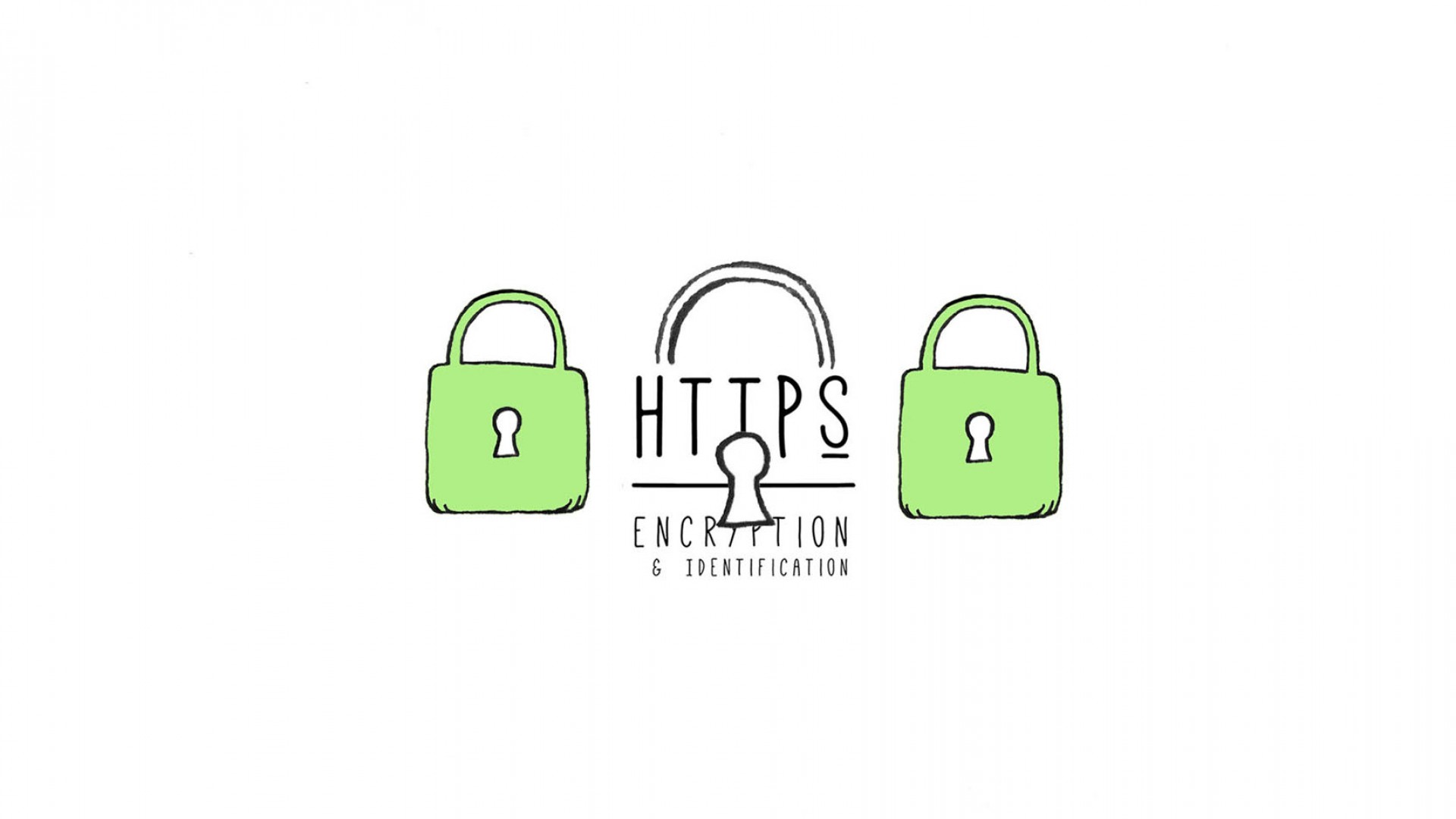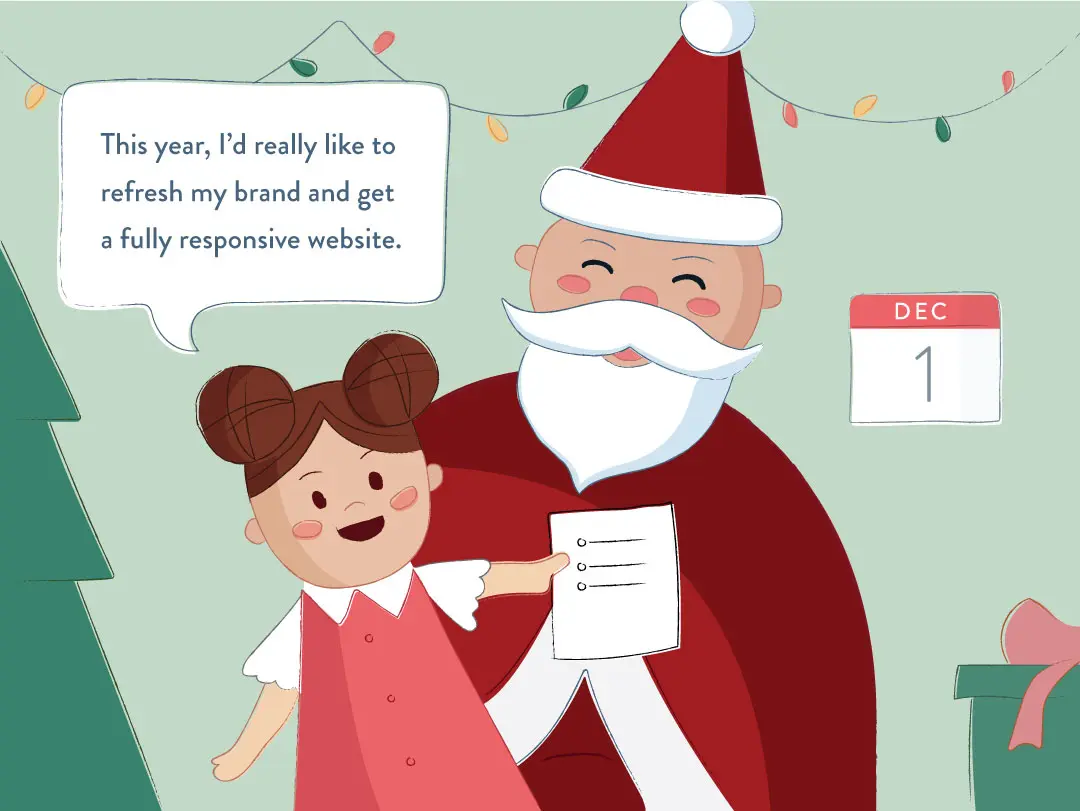Good Design and the Science of Thinking
Online users have very short attention spans that seem to respond only to short messages, buzzwords and flashy images. Understand how this behavior is a consequence of the way our brains are naturally wired to successfully grab users' attention and deliver your message.

It is no news that in a world of overstimulation and instant everything online users have very short attention spans. Some say that we have become a lazy, twitterized generation that only responds to short messages, buzzwords and flashy images. The truth is, this behavior is a consequence of how our brains are naturally wired.
Researchers are constantly studying web and app designs to identify what works best in this fast-paced environment. Lyquix applies the best practices in its designs to provide a positive and engaging experience for users, while driving the messages and triggering actions that are important to our clients. However, in order to correctly utilize any guideline, it is important to first understand some of the underlying mechanics of how the human brain works.
The fundamental fact behind how users behave is that thinking requires effort.
Like everything in nature, our brains have evolved to avoid unnecessary work to save energy and resources. Scientist have identified that our brains operate two systems: one does the hard thinking, and the other reacts instantaneously based on previously acquired knowledge. The thinking brain is slow and can juggle only a handful of concepts at the same time, but it is thorough and accurate. The reacting brain is fast and efficient, but can easily make dumb mistakes.
Unless completely necessary, our thinking brain doesn't engage and most of our daily actions are just automatic responses. In general this is good and works well for saving energy and being able to quickly deal with the world around us. However, it can lead to errors in judgement.
You can learn more about this topic watching the following video, or jump ahead to find out how we apply these concepts to web and app design.
Despite our brain's natural tendencies, it is possible to engage users by following three important concepts when designing websites and apps.
Don't Overwhelm the Users
The "don't make me think" attitude is not just about laziness or avoiding work, but it is in part motivated by the fact that our thinking brain can't handle more than a few (about 3 to 5) different concepts at the same time. This is one of the reasons behind choice overload, and why users usually skip pages that look "busy", navigation menus with too many options, and long pages of text.
Overwhelm users with too much information or choices and they will either abandon your website, or resort to behaviors learned from previous experiences.
For instance, have you ever missed a big, bright button or link on a page? You were looking really hard, yet you couldn't find it, until someone pointed it on your screen. How could that happen?
Website and app users quickly develop mental shortcuts that help them avoid anything that they may deem unnecessary, a waste of time, of just not what they are looking for. This results in a form of optical illusion, or a blind spot, that our brain plays on us.
Thrive for focus, simplicity, and clarity in your message, design and calls to action.
Be Original Only If You Have a Good Reason
It is natural for clients to expect their websites and apps to be original and unique, but that desire must be properly channeled to avoid negative consequences.
As mentioned in the previous section, users avoid anything that requires mental work, and the farther your design departs from a conventional structure, navigation, and interactivity, the steeper the learning curve will be for users and the more likely they will be to abandon your website or app.
Conversely, you can flatten the path for users by placing elements in positions where they have become accustomed to finding them, by making links, buttons and forms look and work the way users expect, and by employing familiar icons and interactivity.
Leverage familiarity in usability. Focus your creative juices on the right message and content.
Grab User's Attention the Smart Way
It is common for Lyquix to get requests to make a website or an app design "pop", or "make my logo bigger". This is an instinctive impulse; an attempt to make your voice louder in an already noisy room. Beware that these attempts can have precisely the opposite result: users have learned how to ignore loud, shiny and moving objects that may distract them from what is important to them.
What can you do about it? In addition to the advice in the previous two sections, the first step to grab a user's attention is to understand their motivations for using your website or app and then designing based on that goal. What are they trying to accomplish? What questions do they need answered? What is important to them?
By acknowledging and serving the user's needs you will lower the defenses they put up to deal with excessive noise and stimulation. You can now drive your message simply and capture their attention with your story.






